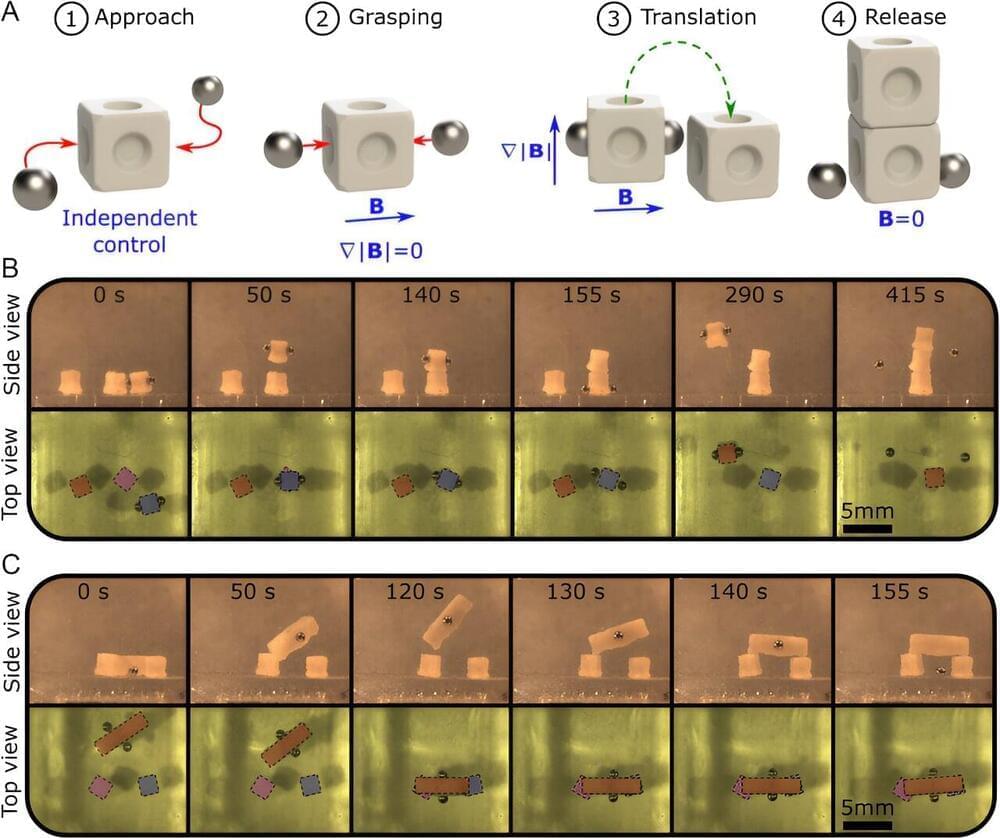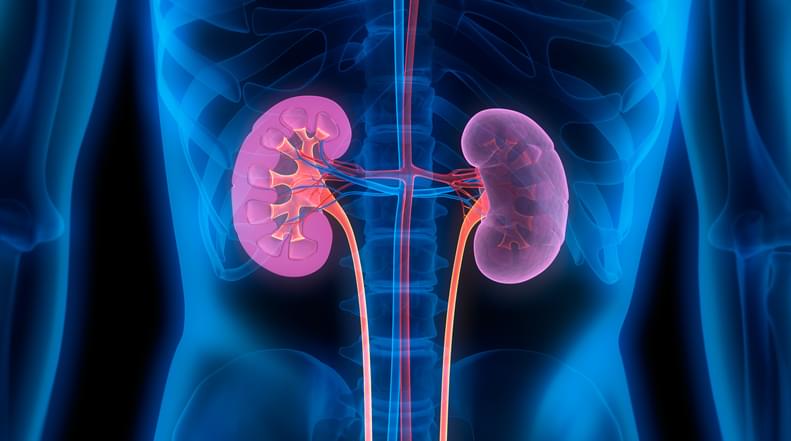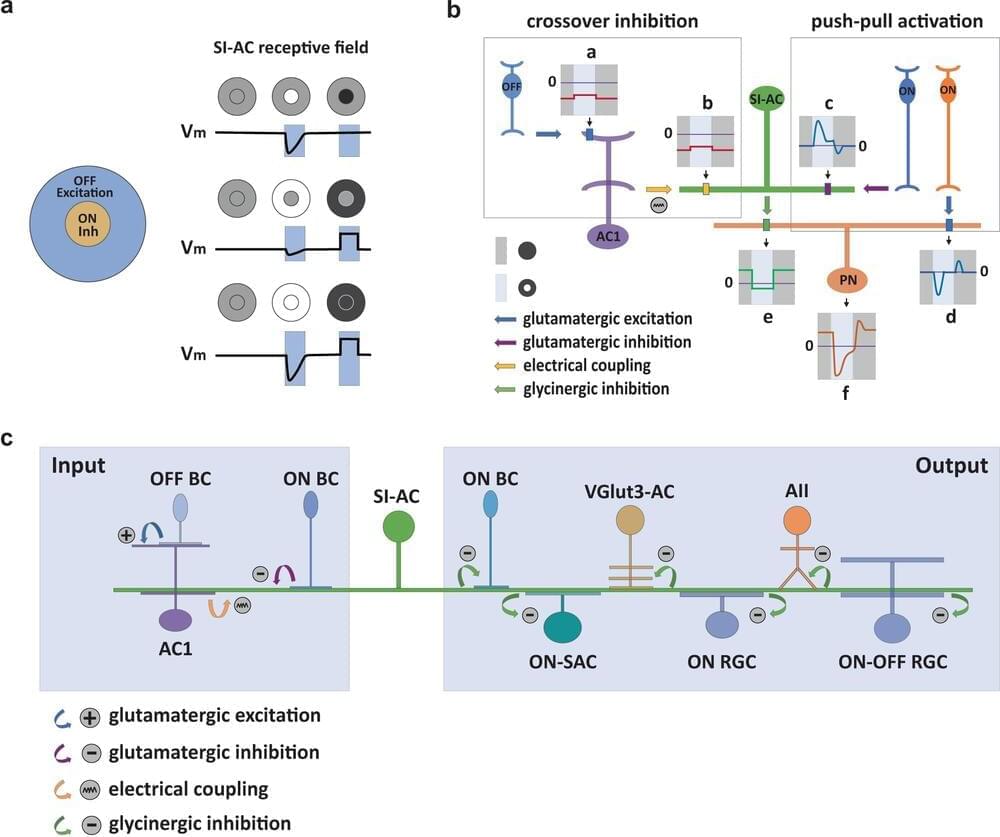For the first time ever, researchers at the Surgical Robotics Laboratory of the University of Twente successfully made two microrobots work together to pick up, move and assemble passive objects in 3D environments. This achievement opens new horizons for promising biomedical applications.
Imagine you need surgery somewhere inside your body. However, the part that needs surgery is very difficult for a surgeon to reach. In the future, a couple of robots smaller than a grain of salt might go into your body and perform the surgery. These microrobots could work together to perform all kinds of complex tasks. “It’s almost like magic,” says Franco Piñan Basualdo, corresponding author of the publication.
Researchers from the University of Twente successfully exploited two of these 1-millimeter-sized magnetic microrobots to perform several operations. Like clockwork, the microrobots were able to pick up, move and assemble cubes. Unique to this achievement is the 3D environment in which the robots performed their tasks.






